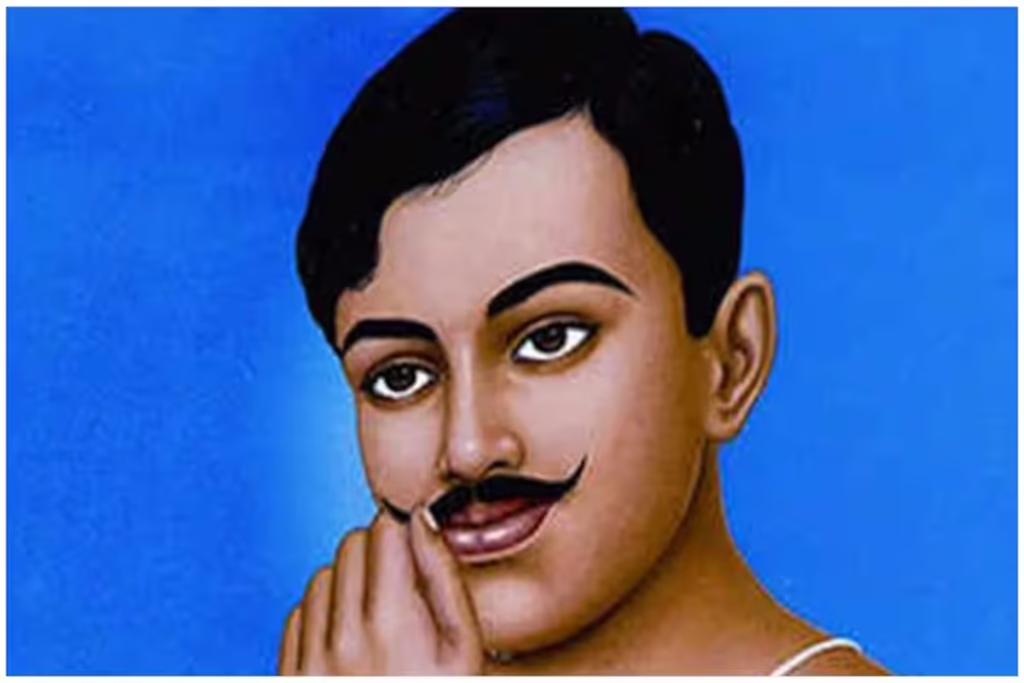
Chandrashekhar Azad was not directly involved in mainstream politics but was a key figure in the revolutionary struggle for India’s independence. Unlike leaders who followed a constitutional approach, Azad believed in armed resistance against British rule.
Political Ideology and Revolutionary Activities
Azad was associated with the Hindustan Republican Association (HRA), which later became the Hindustan Socialist Republican Association (HSRA). The HSRA aimed to establish a socialist India free from British rule. He worked closely with revolutionaries like Bhagat Singh, Ram Prasad Bismil, and Sukhdev to fight colonial oppression through direct action.
Conflict with Gandhian Politics
While Mahatma Gandhi promoted non-violence and negotiations with the British, Azad and his associates believed in revolutionary tactics. After the withdrawal of the Non-Cooperation Movement in 1922, Azad became disillusioned with peaceful protests and turned to armed resistance.
Role in Revolutionary Politics
- Kakori Train Robbery (1925): Azad played a leading role in looting a government treasury train to fund the revolution.
- Reorganization of HSRA (1928): After the execution of several HRA leaders, Azad and Bhagat Singh transformed the group into the HSRA, emphasizing socialist principles.
- Escape of Bhagat Singh (1928): He helped plan Bhagat Singh’s escape after the killing of British officer J.P. Saunders.
Azad never formally entered politics but remained a symbol of resistance. His ideas of freedom, self-sacrifice, and socialism inspired future generations of leaders and freedom fighters in independent India.